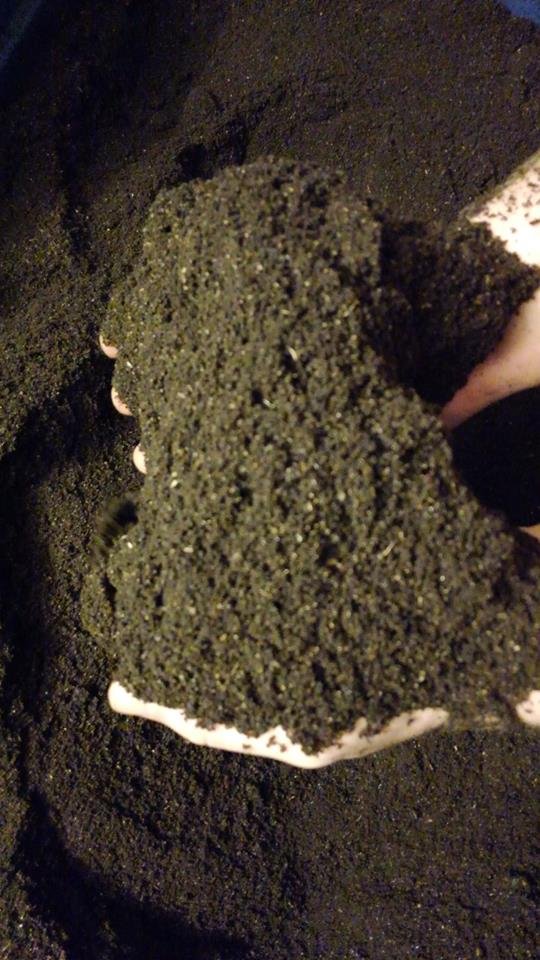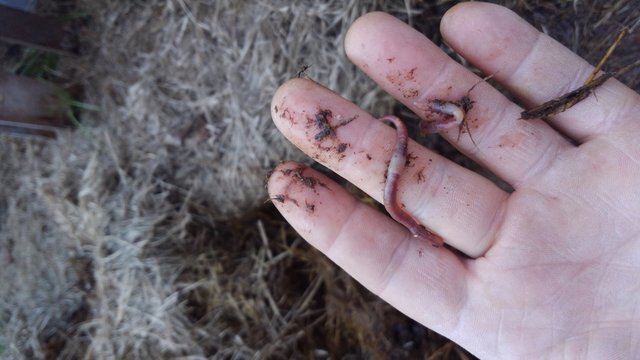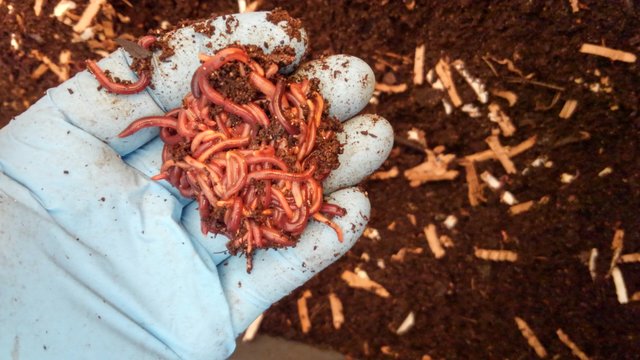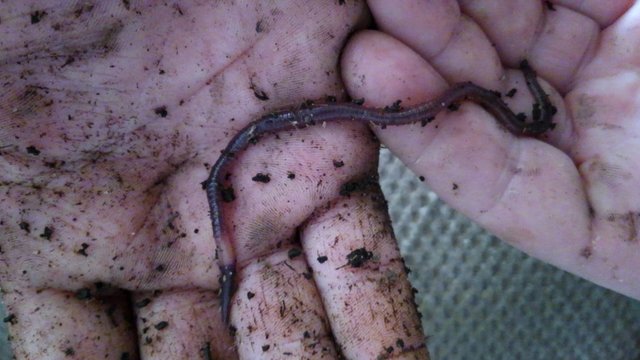Which Worm is Right for You? Red Wiggler...
I wanted to give some information on each of the four composting worms we use and which one might be best for you. I decided to start with the most widely known the red wiggler. Eisenia Fetida better known as red wigglers, manure worms, tiger worms and even as the "Cadillac of composting worms" is a favorite for many vermicomposters new and experienced.
Their standard is they will eat half their weight in food everyday and they will double in population every 90 days. This all depends on a lot of variables like moisture, feedstock, temperature, population and many more. Potentially in perfect conditions they could easily multiply ten fold in a 90 day time period or they could not increase at all.
Red wigglers general reproduction numbers in good conditions would be around three cocoons a week with up to three babies in each. That has huge potential for growing numbers in ideal conditions but if you bin is to dry, to hot or cold, overpopulated or just not enough food it will not produce half as well. Worms are hermaphrodites but they still need other worms to breed with. It takes around twenty days for the cocoons to hatch and they can become sexually active in as little as 2 1/2 months to continue growing your population.
Ideal temperature for production is between 70 to 80 degrees but my bins sometimes fluctuate between low 60's and mid 90's without problems. Red wigglers can withstand a larger range of temperatures and moisture levels that other composting worms won't. They do well down into the low 40's but should be protected from freezing temps due to the amount of water a worm consist of. This does not mean they will not survive or even thrive outside if it is freezing temps it just means you have to take precautions to keep the worms from getting to cold and freezing themselves. This can be as easy to feeding a little extra in your bin to produce a little heat or spreading hay on top of your rows in the ground and letting it produce heat as it breaks down while providing insulation. Red wigglers prefer to feed in the top four to six inches of the bin right under the food source even though you will find them deeper then that is a food source is there also.

So the benefits of red wigglers is they are very easy to care for and way more forgiving then other breeds of composting worms. They reproduce quickly and produce large amounts of compost consuming around three times their weight a week. These are the gold standard of composting worms and they also work well for bait worms. There will always be a spot for red wigglers in my worm farms but next time we are going to talk about a worm that breeds even faster, at up to 19 babies a week, and may even compost faster then the red wiggler but many people despise. The blue worm or Perionyx Excavatus.


